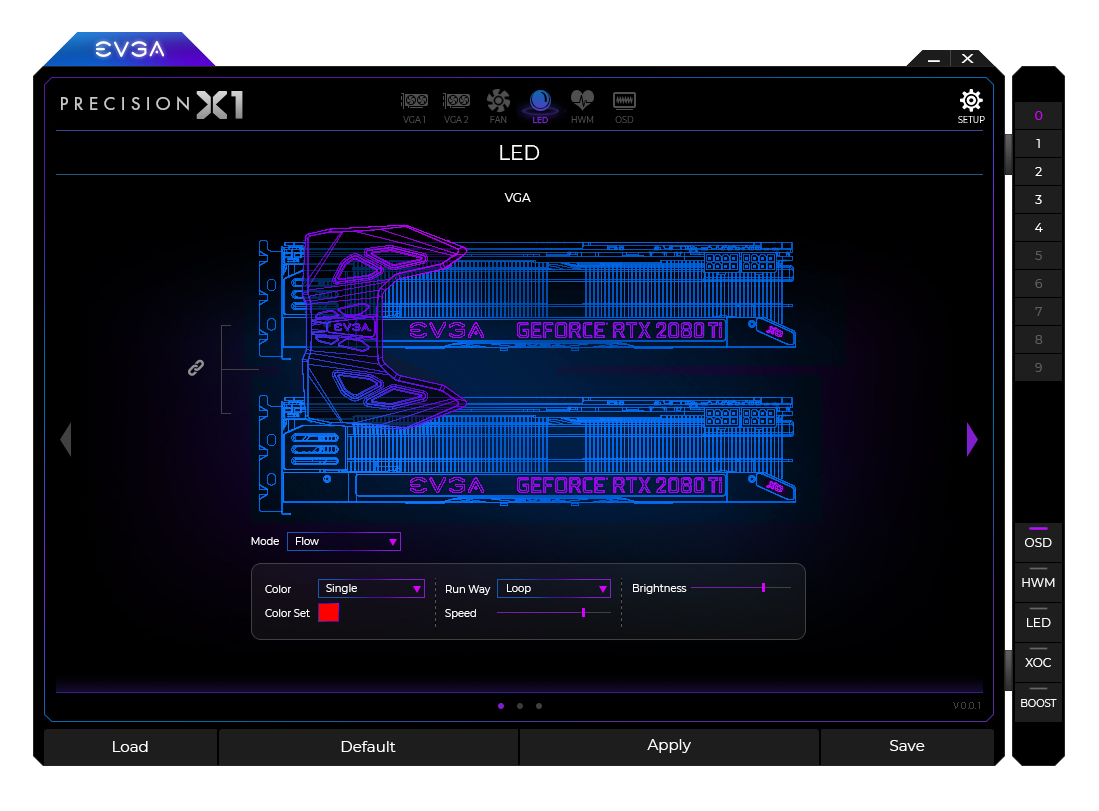

In advance of TITAN X’s launch, NVIDIA told us that a top-end clock speed of about 1,400MHz could be a common sight. I’m not talking about those sorts of overclocks that break records, but 100% stable overclocks that prove genuinely worthwhile – those that can add at least 10% to the performance.Ĭan the TITAN X achieve that level of greatness? On account of the fact that this ~2,000 word article exists, you can probably already guess the answer! TITAN X Overclock: Stable, Not Stirred As it is now, though, I have to admit that I’m glad I waited, as it’s allowed me to spend a lot more time to find that “perfect” overclock.Īlright – so a “perfect” overclock doesn’t actually exist. While overclocked though, it'll usually shoot right up to wherever the temperature target is configured.When I posted my look at NVIDIA’s GeForce GTX TITAN X at its launch last month, there were a couple of tests I had to skip over due to a lack of time, one of which was overclocking. And under sustained load - at least with NVIDIA's Founder's Edition cooler - the GPU temp shot right up into the high 70'C - 80'C range, just shy of the default 83'C default target. At idle, the card's GPU hovered in the mid-30s.

We should also mention that temperatures on the GeForce GTX 1080 are good as well. Our test machine consumed 89 fewer watts under load with the GTX 1080 installed in comparison to the Radeon R9 Fury X.

Please keep in mind that we were testing total system power consumption at the outlet here, not the power being drawn by the graphics cards alone.ĭespite offering the best performance, virtually across the board in our tests, the GeForce GTX 1080 also consumed the least amount of power under both idle and load conditions. Our goal was to give you an idea of how much power each configuration used while idling and also while under a heavy workload. Throughout all of our benchmarking and testing, we monitored acoustics and tracked how much power our test system was consuming using a power meter. Before bringing this article to a close, we'd like to cover a couple of final data points - namely, power consumption and noise.


 0 kommentar(er)
0 kommentar(er)
